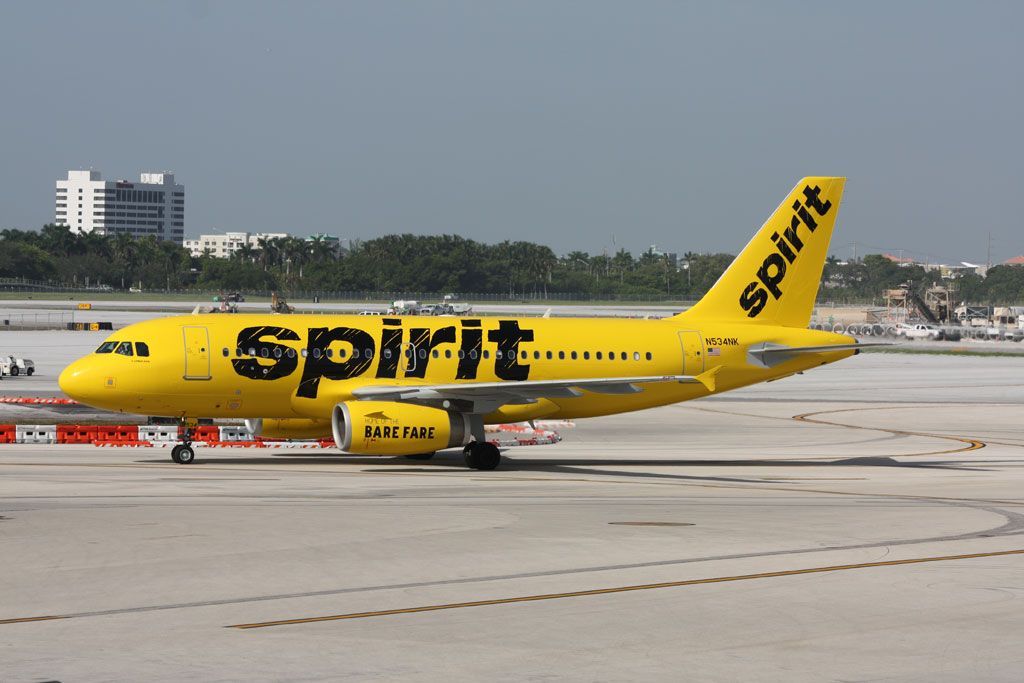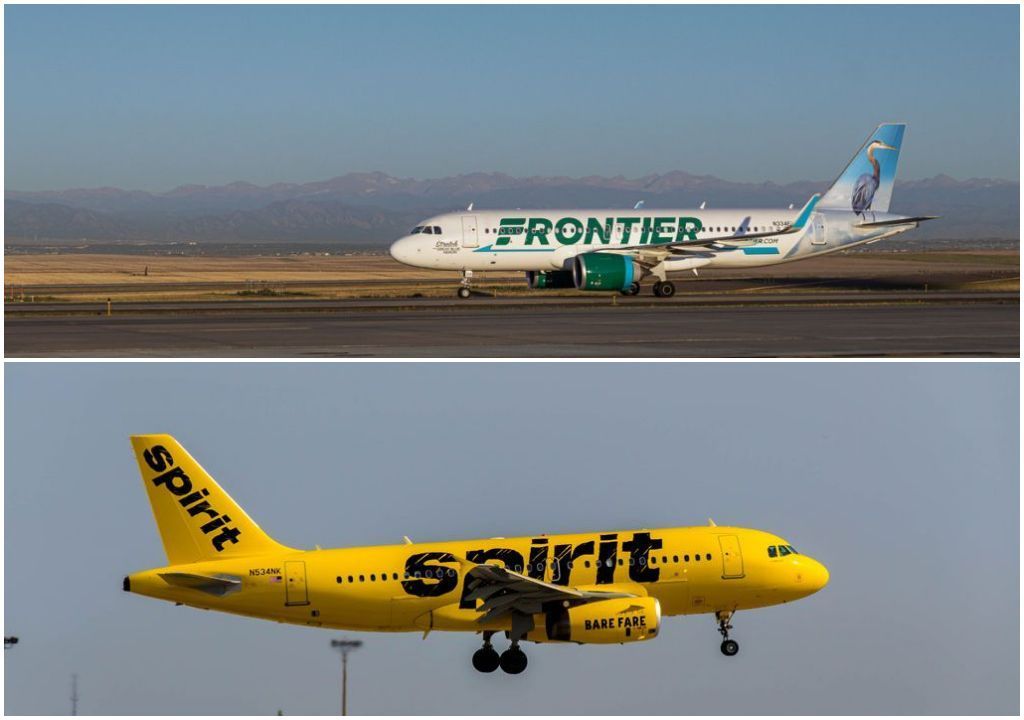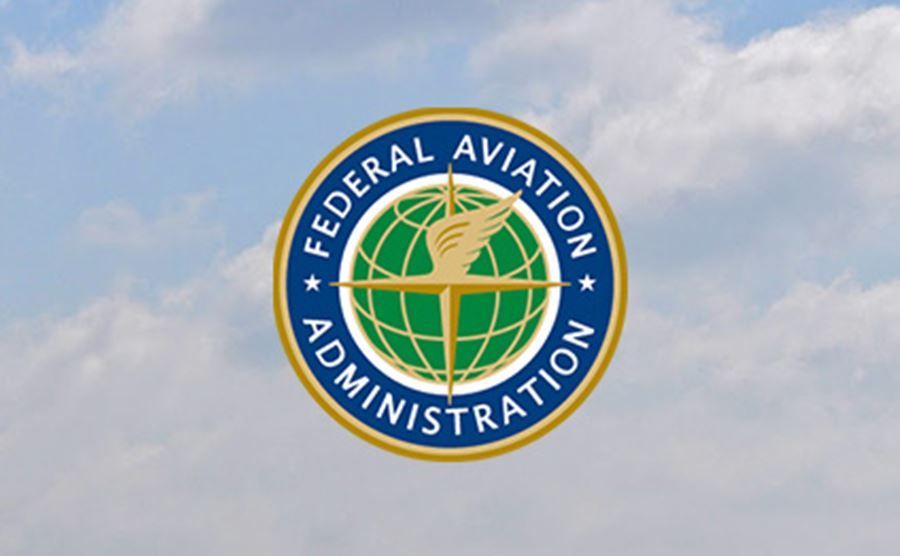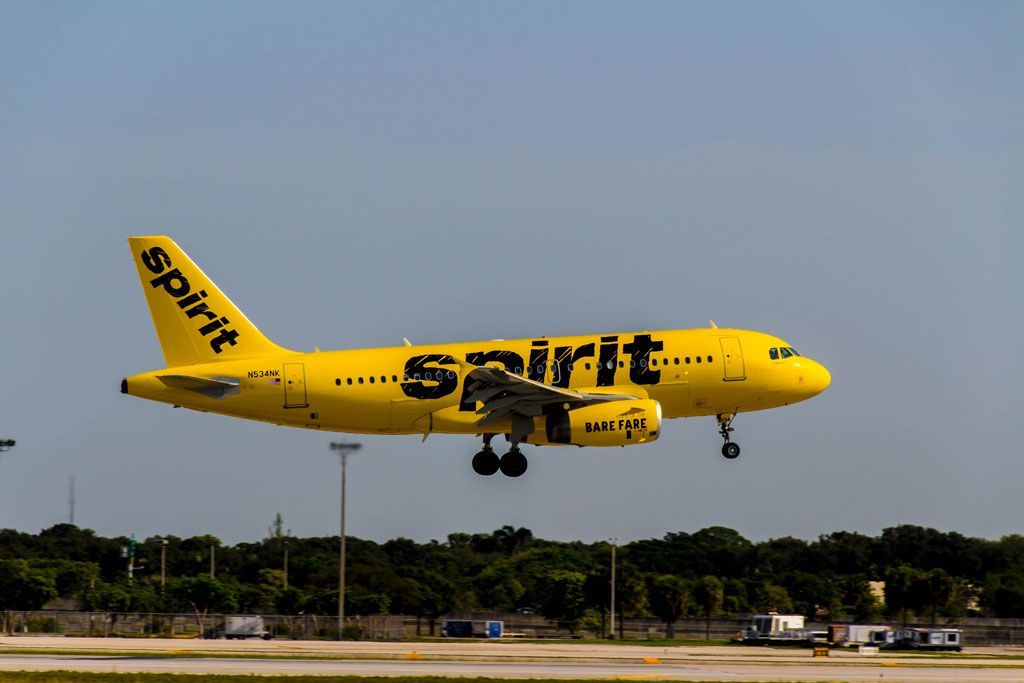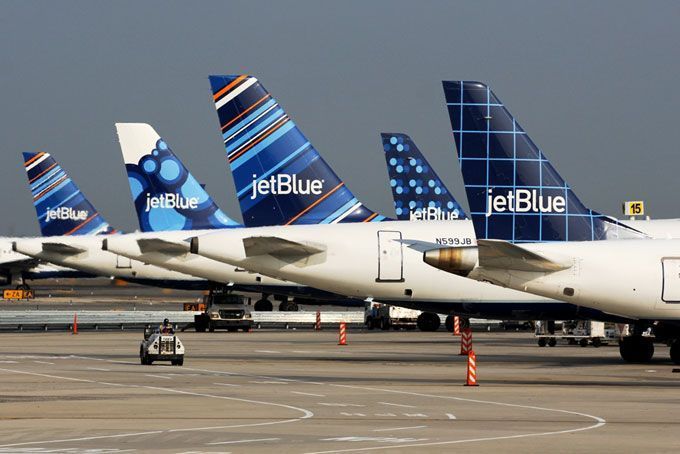Spirit Airlines filed for Chapter 11 bankruptcy protection on Monday in New York.
Despite its financial struggles, the airline has assured passengers that operations will continue as normal during the restructuring process. Customers can still book flights, use loyalty points, and redeem credits without disruption, according to Spirit’s statement.
The filing comes after a series of challenges, including a failed merger with JetBlue Airways earlier this year. A federal judge blocked the merger on antitrust grounds, citing concerns that Spirit’s exit would harm consumers by removing a major competitor known for its low fares. Spirit has also faced intense competition from larger airlines offering “basic economy” options, rising operational costs, and engine defects that have grounded a portion of its fleet.
Rising Challenges in the Low-Cost Airline Market
Spirit Airlines has long been recognized for its ultra-low fares, often charging separately for extras like carry-on bags, seat selection, and even water. This model has made it both a disruptor in the industry and a target of criticism. However, the pandemic’s impact on the travel sector, coupled with rising costs and increased competition, has placed significant financial strain on the carrier.
The airline’s $9 billion debt has further complicated its ability to recover. Spirit recently delayed new aircraft deliveries, furloughed pilots, and sold off 23 planes to cut costs. Despite these efforts, the airline projects it will start 2025 with up to 67 grounded planes due to defects in Pratt & Whitney engines. Spirit expects compensation of $150–200 million from the engine manufacturer.
Efforts to Adapt
To remain competitive, Spirit has attempted to pivot toward higher-spending customers by introducing premium fare bundles that include extra legroom, priority boarding, and waived fees for bags. This shift marked a departure from its unbundled approach, but it has yet to significantly boost revenue. Non-ticket revenue, a critical component of the airline’s business model, has also lagged behind expectations.
The airline’s financial struggles were evident earlier this year when shares dropped 25% following reports of potential bankruptcy discussions with bondholders. According to court filings, Spirit’s restructuring agreement is backed by a supermajority of its bondholders, giving the airline a path forward to address its debt and reposition itself in the market.
Future for Spirit Airlines
Spirit Airlines is optimistic about emerging from bankruptcy by early next year, with CEO Ted Christie calling the restructuring plan “a strong vote of confidence in Spirit and our long-term plan.” The airline remains committed to its customers, employees, and vendors, all of whom are expected to see no disruption during the bankruptcy process.
Spirit’s bankruptcy filing joins a long history of Chapter 11 cases in the aviation industry. Major carriers like American Airlines, Delta Air Lines, and United Airlines have also gone through similar processes and later thrived. Analysts note that Spirit’s restructuring could help it regain financial stability and adapt to a more competitive market.
As Spirit Airlines charts its course through bankruptcy, passengers can take comfort in the airline’s promise of uninterrupted service and ongoing efforts to deliver affordable air travel.

